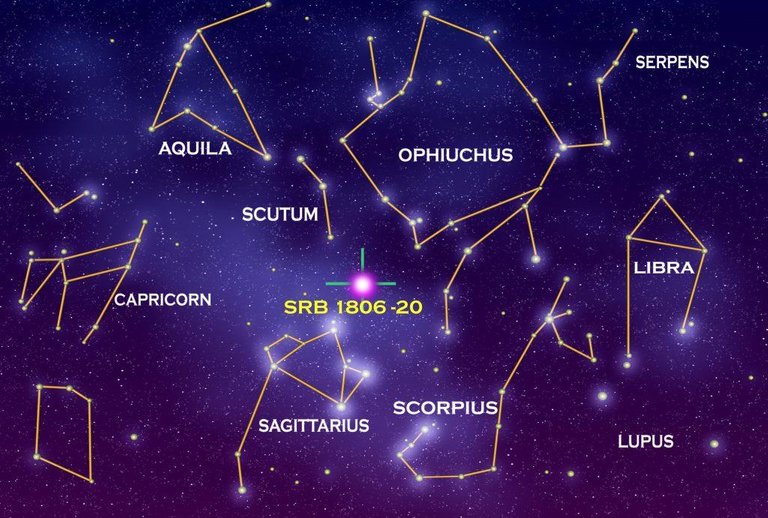Constellations: the Patterns That We See in Stars
A constellation is a pattern of stars that is recognized officially by professional astronomers. An asterism is a pattern of stars that has not been recognized officially. If the Sun is included in ranking the brightest stars seen from Earth, Polaris is the 49th brightest. After the Sun, the next brightest star in Earth’s skies is Sirius, in the constellation Canis Major. Though Polaris is above the North Pole at the current time, the identity of the North Star changes, due to a wobble of the Earth’s axis which has a cycle of approximately 26,000 years. 5,000 years ago the star closes to the point directly above the North Pole was Thuban, in the constellation Draco. Approximately 12,000 years from now, the North Star will be Vega, in the constellation Lyre.
Circumpolar constellations are those that appear to circle the northern or southern celestial pole from a particular latitude. In the Northern Hemisphere, as one moves south, toward and beyond the Equator, parts of these constellations further out from Polaris rise and set until finally Polaris no longer is visible, as the view is aimed at the constellations of the south. The pole star for the south is Sigma Octantis in the constellation Octans. Since it is more than one degree away from the point above the pole, and extremely dim, Sigma Octantis is not as useful for finding the south celestial pole as Polaris is for finding the north.
The closest star system to the Sun is Alpha Centauri, which is part of the southern constellation Centaurus. Alpha Centauri actually a triple star system, consisting of Alpha Centauri A which is a little brighter than the Sun, Alpha Centauri B which is slightly less bright than the Sun, and Proxima Centauri, a dim red dwarf. Alpha Centauri A and B are close together and orbit one another, while Proxima Centauri is further out and closest to the Sun at 4.2 light years away. Viewed from Alpha Centauri, the Sun would appear in the constellation of Cassiopeia as a magnitude of 0.5. This would turn Cassiopeia from her famous W shape into something like this /W.
The newly discovered planet, Gliese 581G, which appears to be Earthlike, orbits the star Gliese 581, an M class red dwarf star which from the vantage point of Earth is located 2 degrees northward of the star, Beta Librae, brightest member of the constellation Libra. Gliese 581 is located approximately 20.3 light years from Earth.
References
- https://www.space.com/23309-constellations-night-sky-star-patterns-images.html
- https://lco.global/spacebook/sky/what-are-constellations/
- https://www.thoughtco.com/constellations-3071087
Posted with STEMGeeks
